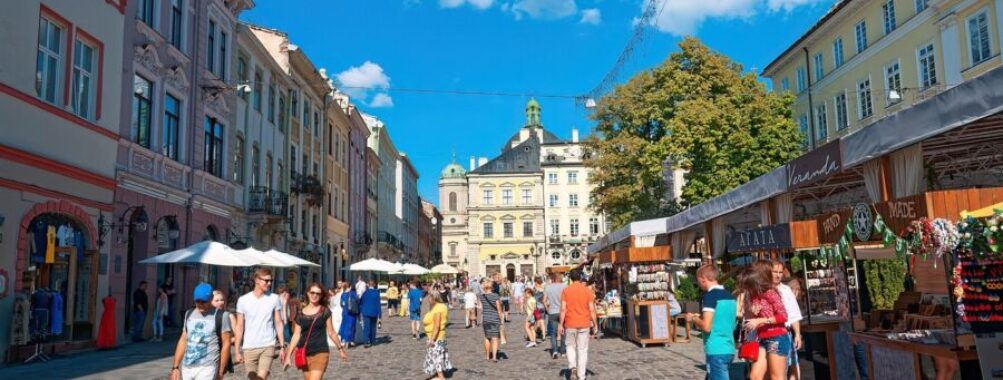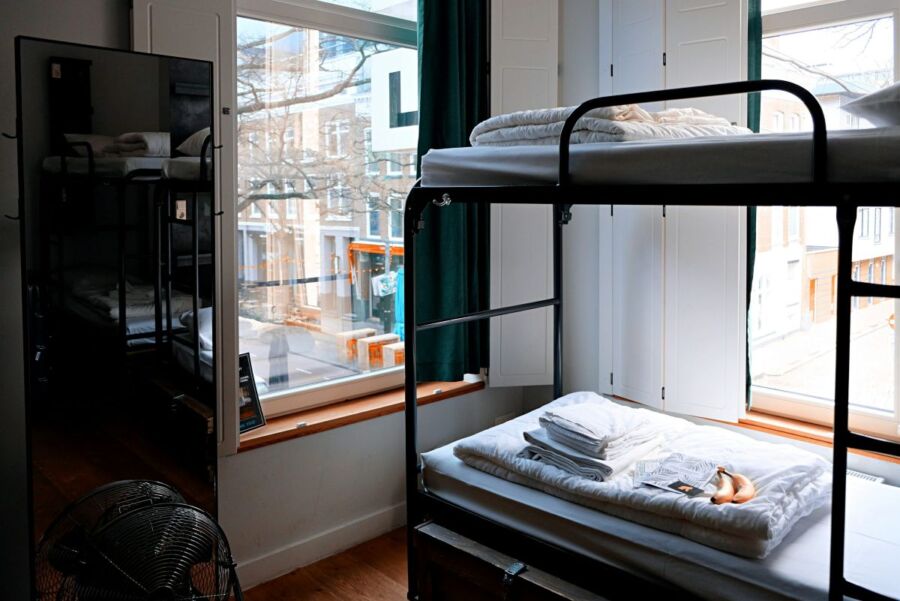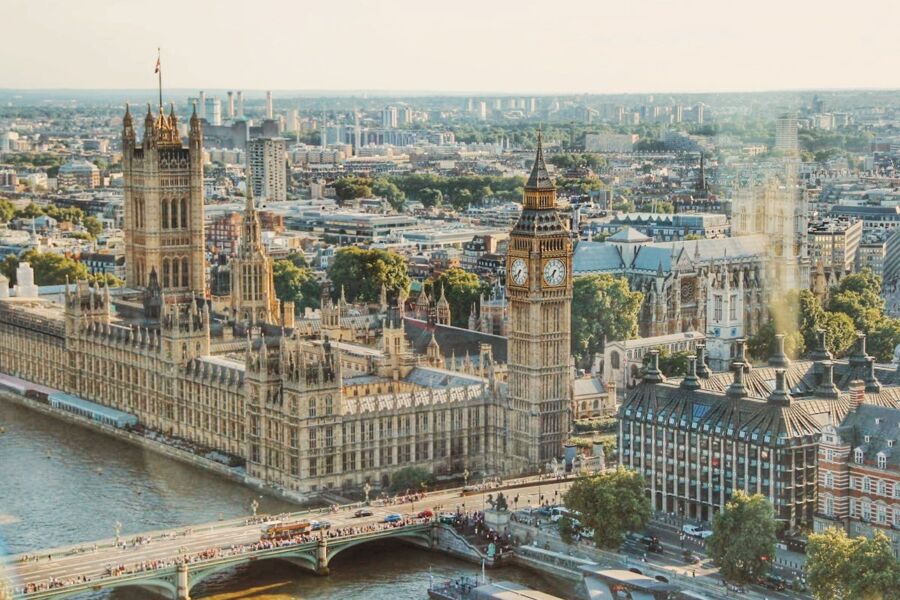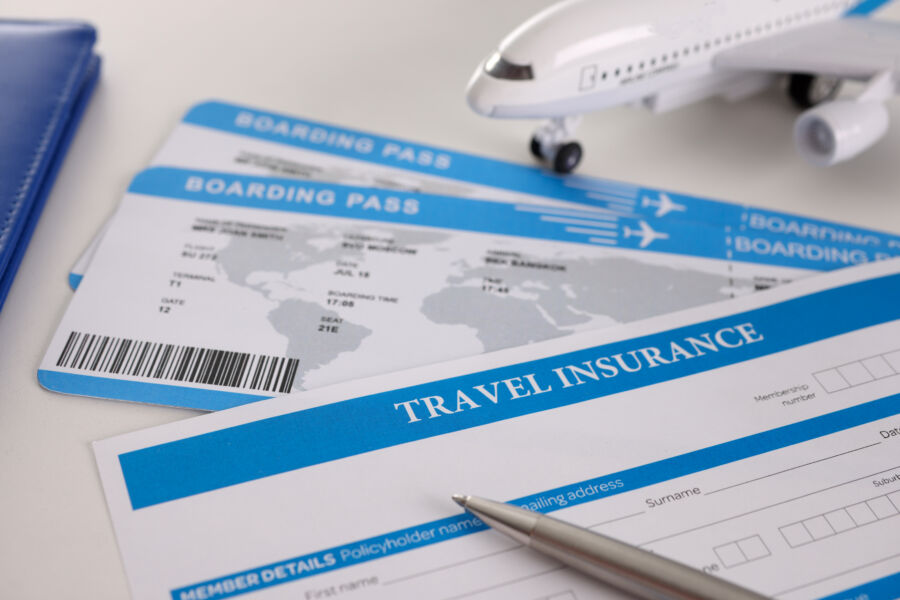
1 Month Europe Trip Cost: $5000 Budget Adventure
Planning a month-long trip to Europe is an exciting adventure, but you might worry about the costs. As an experienced traveler, I’ve learned that a 1-month Europe trip can fit various budgets. Depending on your travel style and choices, you can expect to spend between $3,000 to $10,000 per person for a month in Europe. This range covers everything from budget backpacking to more comfortable mid-range travel.
Europe offers a mix of cultures, history, and landscapes that make it worth every penny. From the charming canals of Amsterdam to the sun-soaked beaches of Greece, you’ll find endless experiences to fill your days. Your costs will vary based on factors like accommodation, transportation, food, and activities. By planning smart and making savvy choices, you can stretch your budget further and see more of what Europe has to offer.
Contents
- Key Takeaways
- Determining Your Travel Budget
- Average Daily Costs
- Budget Calculator
- Travel and Transportation Costs
- Flights to Europe
- Rail Passes and Train Tickets
- Public Transportation
- Accommodation Options
- Budget-Friendly Stays
- Planning Your Itinerary
- Touring Major Cities
- Cultural and Seasonal Considerations
- Festivals and Events
- Understanding Local Norms
- Safety and Security
- Travel Insurance
- Staying Safe in Cities
- Saving Money While Traveling
- Discounts and Deals
- Free and Cheap Activities
- More Travel Guides
Key Takeaways
- Your travel style and choices greatly impact your total trip cost
- Smart planning and budgeting can help you see more while spending less
- Costs vary widely between Western and Eastern European destinations
Determining Your Travel Budget
Planning a month-long Europe trip requires careful budgeting. Let’s look at typical daily costs and use a budget calculator to help you figure out how much money you’ll need.
Average Daily Costs
As a budget traveler in Europe, you can expect to spend between €50-€100 per day. This covers the basics:
- Accommodation: €20-€40 for hostels or budget hotels
- Food: €15-€30 for cheap eats and grocery shopping
- Public transportation: €5-€15 for buses and trains
- Sightseeing: €10-€20 for attractions and activities
Keep in mind these are just averages. Prices can vary a lot depending on the country and city you’re visiting. Eastern Europe tends to be cheaper than Western Europe.
Remember to factor in extra costs like souvenirs, nights out, and unexpected expenses. It’s always smart to have a buffer in your budget for those “just in case” moments.
Budget Calculator
To get a more precise estimate for your 1 month Europe trip cost, try this simple budget calculator:
- Decide on your daily budget (let’s say €75)
- Multiply by 30 days (€75 x 30 = €2,250)
- Add transportation costs between cities (roughly €300-€500)
- Include pre-trip expenses like flights and travel insurance
For example, if you’re aiming for a mid-range budget:
€75/day x 30 days = €2,250
- €400 for transportation
- €800 for flights
= €3,450 total
Adjust these numbers based on your travel style and preferences. Don’t forget to check currency exchange rates if you’re not using euros.
Travel and Transportation Costs

Getting around Europe can eat up a big chunk of your budget. Flights, trains, and buses all add up quickly. But with some smart planning, you can save money while still seeing lots of amazing places.
Flights to Europe
Scoring cheap flights to Europe takes some work, but it’s worth it. Aim to book 2-3 months ahead for the best deals. Prices vary a ton depending on when and where you fly. Summer is priciest, while fall and spring offer better rates.
You might snag roundtrip tickets from the US to major European hubs for $500-800. Flying into less popular airports can save you cash too. Once in Europe, budget airlines like Ryanair and EasyJet offer super cheap flights between cities. Just watch out for extra fees!
Keep an eye out for flight deals using sites like Kayak. They let you compare tons of options at once to find the lowest fares.
Rail Passes and Train Tickets

Trains are an awesome way to see Europe. They’re comfy, scenic, and drop you right in city centers. A Eurail Pass can be a good deal if you plan to cover lots of ground.
For a month-long trip, a Global Pass costs around €500-700. This lets you hop on most trains in 33 countries. You’ll need to pay extra for some high-speed trains and night trains though.
If you’re only hitting a few spots, buying individual tickets might be cheaper. Book early for the best prices, especially on popular routes. Expect to pay €30-80 for most 2-3 hour trips between cities.
Public Transportation
Once you’re in a city, public transit is your budget-friendly best friend. Most big European cities have great subway, bus, and tram networks. A single ride usually costs €1-3.
Many places offer tourist passes that give you unlimited rides for a set number of days. These can be a great deal if you plan to use public transport a lot. In Paris, for example, a 5-day pass costs about €65.
Walking is free and a great way to explore. Lots of European cities are super walkable. You’ll stumble on hidden gems and save money at the same time!
Accommodation Options

Finding the right place to stay can make or break your Europe trip. You’ve got several choices that can fit different budgets and travel styles.
Budget-Friendly Stays
Hostels are a backpacker’s best friend when traveling Europe on a budget. You can snag a dorm bed for as little as €15-30 per night in many cities. Plus, you’ll meet other travelers and often get free walking tours or pub crawls. If you want more privacy, budget hotels offer basic rooms from €40-80 nightly. Don’t overlook Airbnb either – you can rent a room in someone’s home or a whole apartment, often for less than a hotel. In cheaper Eastern European cities like Prague or Budapest, you might pay just €25-50 per night for a nice Airbnb. Mix and match these options to stretch your money further. Just remember to book early for the best deals, especially in summer.
Planning Your Itinerary
Crafting a solid plan for your European adventure is key to making the most of your time and budget. Let’s dive into the heart of your trip – exploring the continent’s most captivating cities.
Touring Major Cities

Start your journey in London, where you can soak up British culture at iconic spots like Big Ben and Buckingham Palace. Hop on the Eurostar to Paris and spend a few days marveling at the Eiffel Tower and world-class art at the Louvre. Next, head to Rome to walk in the footsteps of ancient emperors at the Colosseum and Roman Forum.
Don’t miss Amsterdam’s charming canals and world-famous museums. Barcelona’s unique Gaudí architecture is a must-see too. Consider adding Prague or Vienna for a taste of Central Europe’s stunning beauty and rich history.
Mix it up with some smaller gems like Florence for Renaissance art or Nice for Mediterranean vibes. Wrap up your trip in lively Berlin or peaceful Stockholm, depending on your vibe.
To save cash and time, look into multi-city tours that hit several spots in one go. Remember, less can be more – don’t try to cram in too many places. Aim for 3-4 days per city to really soak it all in without breaking the bank.
Cultural and Seasonal Considerations
Your Europe trip costs can change a lot based on when you go and what’s happening. Local events and customs play a big role in your budget and experience.
Festivals and Events

Big festivals can make prices go up, but they’re often worth it. Oktoberfest in Munich is pricey, with beer tents and hotels filling up fast. Book early to save money. Christmas markets in December are magical but busy. Expect higher costs for rooms and flights.
Summer has lots of music festivals. They’re fun but can bust your budget. Carnival in Venice is fancy and expensive. Cheaper options are in Nice or Cologne.
Some events are free. Paris has Bastille Day fireworks in July. Edinburgh’s Fringe Festival in August has free shows.
Understanding Local Norms
Knowing local customs saves you money and stress. Tipping varies by country. In Germany, round up your bill. In France, service is often included.
Meal times differ across Europe. In Spain, lunch is late and dinner’s even later. Planning around this helps you avoid tourist traps and high prices.
Dress codes matter. Some churches need covered shoulders. Fancy restaurants might want nice clothes. Pack smart to avoid buying new stuff.
Public transport etiquette varies. In London, stand on the right on escalators. In Amsterdam, watch for bike lanes. Small things, but they help you fit in and avoid fines.
Safety and Security
Staying safe during your month-long Europe trip is crucial. Taking the right precautions can help you avoid trouble and enjoy your travels worry-free.
Travel Insurance

Travel insurance is a must for your Europe adventure. It covers unexpected medical issues, trip cancellations, and lost luggage. Most policies cost about $100-200 for a month. Look for plans that include emergency medical coverage and evacuation. Some credit cards offer travel insurance, so check if yours does.
Make sure your policy covers all the countries you’ll visit. Keep a copy of your insurance info with you at all times. It’s smart to save digital copies too. If you need medical care, contact your insurance company before getting treatment if possible.
Staying Safe in Cities
European cities are generally safe, but you should still be careful. Watch out for pickpockets in crowded tourist spots and on public transport. Keep your valuables close and use a money belt. Don’t flash expensive items or large amounts of cash.
Be aware of common tourist scams like fake petitions or “friendship bracelets”. If something seems too good to be true, it probably is. Stick to well-lit areas at night and avoid walking alone in unfamiliar places.
Use official taxis or ride-sharing apps instead of unmarked cabs. Learn a few key phrases in the local language to help in emergencies. Trust your gut – if a situation feels off, leave.
Saving Money While Traveling

Stretching your budget in Europe lets you see more places and stay longer. With some smart planning, you can enjoy amazing experiences without breaking the bank.
Discounts and Deals
Look for city tourist cards that give you free entry to attractions and public transport. Many museums offer free days each month – check their websites to plan your visits. Student and youth discounts are common, so bring your ID. Sign up for airline and hotel newsletters to catch flash sales. Promo codes for tours and activities pop up often online.
Try booking accommodations slightly outside city centers. You’ll pay less and see more local life. Hostels aren’t just for backpackers – many have private rooms perfect for budget travelers. Check out free walking tours in most major cities. They’re a great way to get your bearings and learn some history.
Free and Cheap Activities
Europe’s parks and public spaces offer tons of free fun. You can pack a picnic and people-watch in Paris’s Luxembourg Gardens or London’s Hyde Park. Many cities have awesome free museums, like the British Museum or Berlin’s East Side Gallery. Beach towns often have public beaches where you can soak up the sun for free.
Wander through local markets to sample free food tastings and soak up the atmosphere. Street performers provide free entertainment in popular squares and tourist areas. You can also check out free outdoor concerts and movie screenings, especially in summer. Look for “pay what you wish” days at top attractions to save on entry fees.



